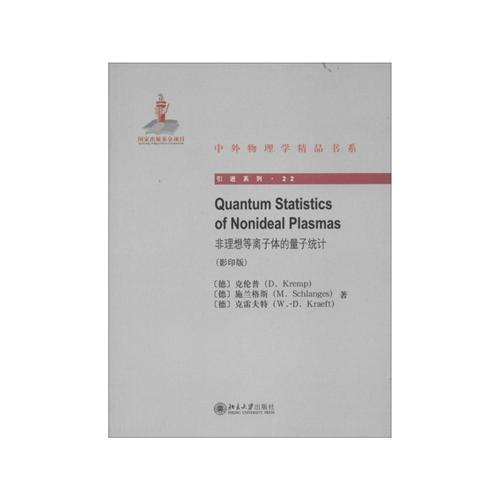非理想等离子体的量子统计 [2015-06-15] |
|
索书号 O4/Z698/v.22 1.Introduction |
首 页 >> 上架新书






